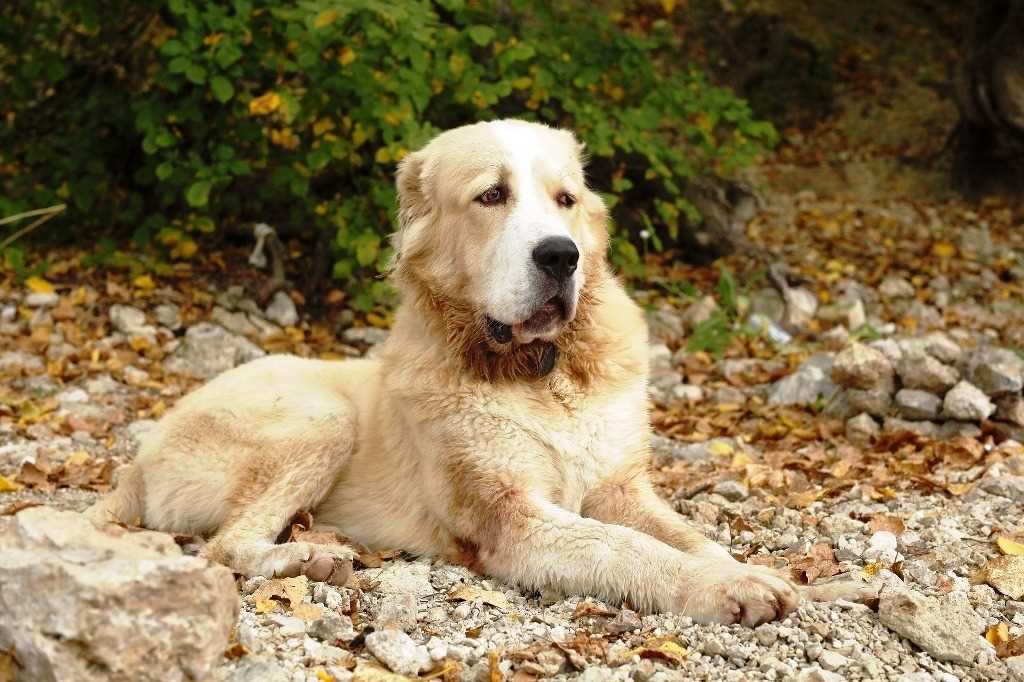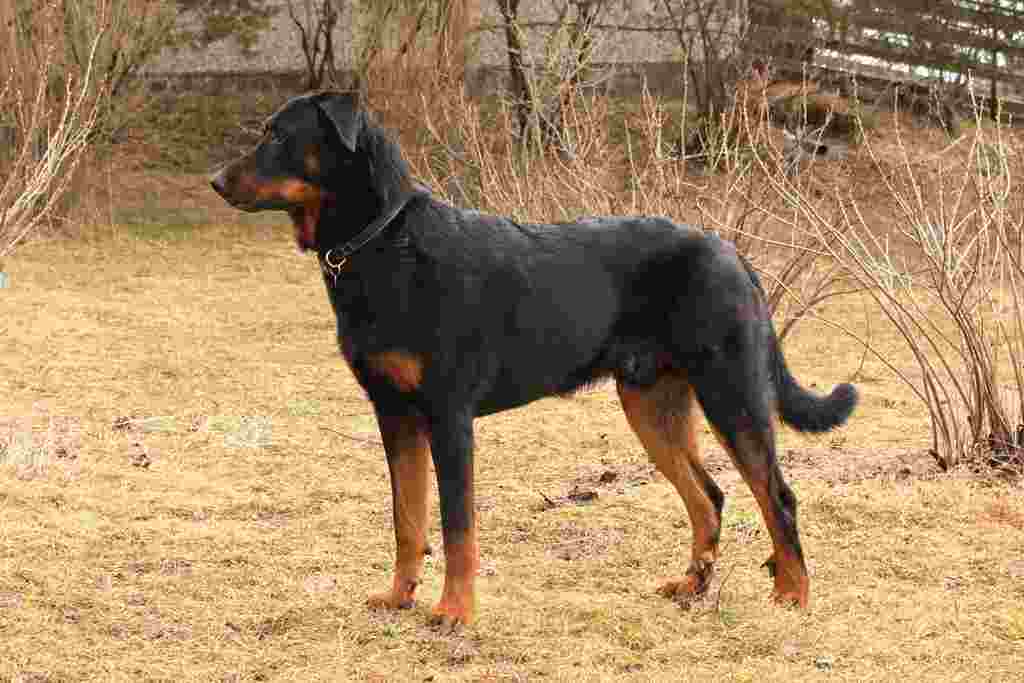The origins of the Central Asian shepherd dog breed are very ancient. Its direct ancestor is almost certainly the Tibetan mastiff, from which all four major Russian breeds originated. In fact, its origins can be traced back to Russia, thanks to the crossbreeding of three breeds: the Tobet, the Alabai and the Torkuz, which took place more than 4000 years ago.
It was formed as a breed by natural selection in a vast territory stretching from the Caspian Sea to China and from the Urals to Afghanistan. It has not undergone any morphological evolution and the breed has remained almost pure. This is because it has always lived in isolated, cold areas with little contact with other breeds.
It is accustomed to harsh climatic conditions and has developed to become more and more capable of staying in the cold and being a guardian of flocks, but also of land and villages. In fact, it is thought to have been bred to accompany the caravans of nomadic peoples and their flocks. The difficult living conditions and the constant fight against predators have influenced their physical structure and character, making them fearless and strong. Morphologically they belong to the molossoid type.
As they are spread over a wide area, differences in structure can be found. We note that the dogs in Turkmenistan that have to walk on sand are generally lighter than those living in the rugged mountains of Tajikistan. Dogs living in regions where there are larger wolves to deal with are also larger in size. The Soviet police used it as an impressive guard dog for border patrols and patrolling operations.
Even today it is not well known outside its native regions of Usbekistan, Turkmenistan, Tajikistan and Kyrgyzstan.
Character of the Central Asian Sheepdog dog breed
The Central Asian Sheepdog has developed a strong and independent character over the millennia, but it is very reliable and is never aggressive unless there is a reason to be. As a puppy it likes to play, but as it grows up it is dedicated to its job as guardian. In fact, this breed has been used for thousands of years for guarding and therefore does not require training, this instinct is in its genes. As an adult he tends to sleep during the day, although he always has everything under control to begin his work at sunset and throughout the night. He only barks when he has a valid reason to do so and only intervenes if necessary.
He is very affectionate and reliable with his family, especially with children and the elderly, whom he sees as fragile subjects to be protected, and he coexists happily with cats and dogs, especially small ones. For contact with dogs of the same sex and large dogs, early socialisation is necessary to accept them.
It is not a dog for everyone, it is not a flat dog as it prefers to be outdoors and needs a lot of space. It can very often be seen at a precise point on the property from where it can keep an eye on the entire territory it has to protect. However, it requires a great deal of attention so that it always feels a strong relationship with its owner. They are family dogs that want and seek family interaction on a daily basis.
It is not a dog suitable for shy or inexperienced owners as the aim of training must be to make it become a sort of pack leader for the herd. It must also be an owner who makes the dog understand that it must obey directives.
Appearance of the Central Asian Shepherd dog breed
The Central Asian Shepherd Dog is a large dog. The height at the withers of a male is on average about 70 centimetres for a weight of between 50 and 65 kilograms, but there are specimens that can easily reach 90 centimetres in height for a weight of 100 kilograms. Females are usually about ten kilograms lighter.
It has a vigorous, voluminous build with clearly visible muscles. Its structure is well proportioned between head, limbs and trunk. Its legs are robust and have a strong bone structure, its tail is long and sickle-shaped. Its gait is fast and loose.
The skull is very broad, the muzzle is short and strong with small protruding eyes, the truffle is very wide and black, the ears are triangular and carried drooping; the dog generally has a gentle expression. Unfortunately in some of the countries of origin, where this practice is still allowed, the ears and tail are cut off.
The coat is thick, hard and smooth with a woolly undercoat that is also very dense. The colours are many and can be either uniform or two-tone, ranging from cream to golden, sand, red, fawn, white, black and even harlequin.
Care and health of the Central Asian Shepherd Dog breed of dog
The Central Asian Shepherd Dog is a very hardy, strong and robust dog. It is accustomed to being outdoors and also to sleeping outdoors, as it has been bred in the harshest climates for centuries. It has no hereditary diseases, only several cases of elbow and hip dysplasia, a common problem among large dogs. Its average life expectancy is around 11 years. The dog can withstand the cold very well, but during periods of high heat it must be given shelter in the shade and plenty of fresh water.
With regard to the care of its coat, although it is very thick, it does not need to be brushed more than once a week. It loses a lot of hair during the moulting period, in the periods coinciding with the end of winter and the end of summer, and in that period it is a good idea to brush it more frequently to remove the dead hair.
It does not have feeding or obesity problems, it needs abundant and high protein meals. Nutrition must be controlled, especially during the puppy’s growth.


